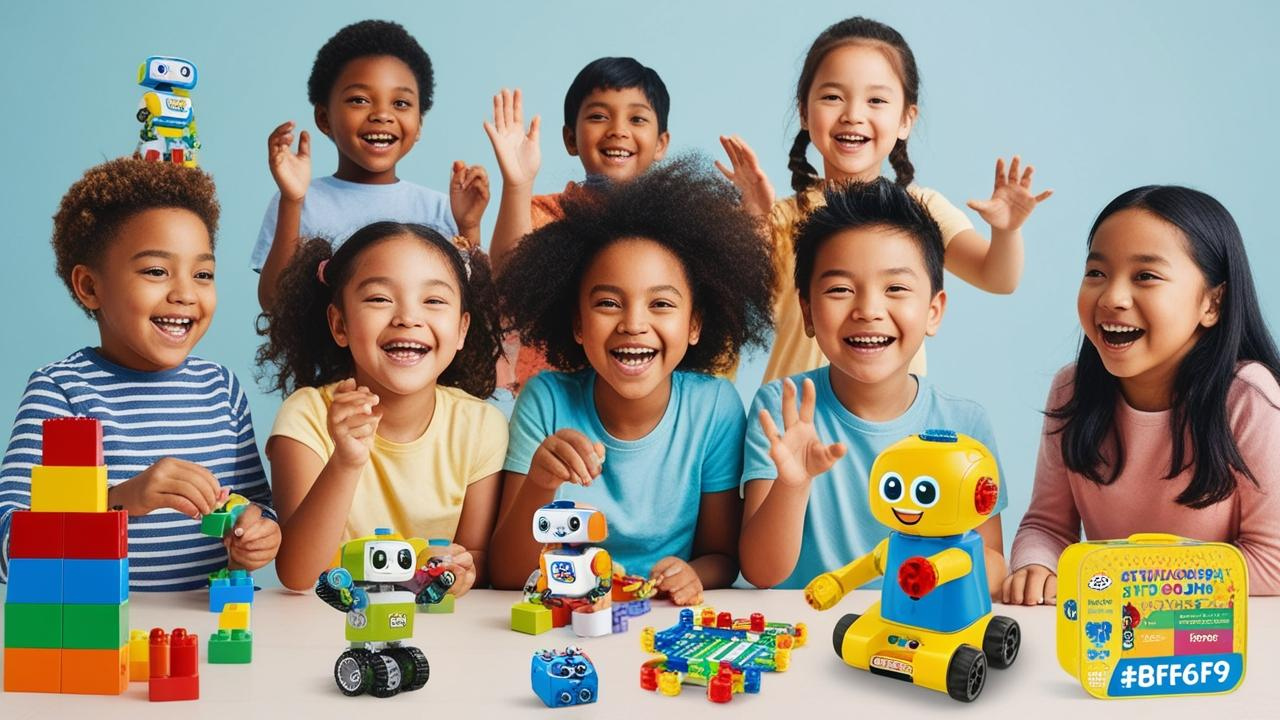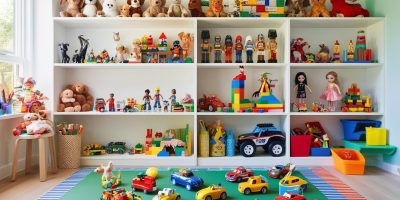Have you ever watched a child become completely absorbed while stacking blocks, connecting magnets, or piecing together a construction set? It’s not just play—it’s psychology in action.
Building toys are some of the most universally loved playthings across age groups and cultures. But why do kids love them so much? And what makes them so powerful for development?
Let’s explore the psychology behind the magic of building toys—and why they’re such a smart choice for your child’s playtime.
1. Building Toys Give Kids Control
In a world where children are often told what to do, how to do it, and when to do it, building toys offer a refreshing change: freedom.
Kids decide what to make, how tall to go, and which colors to use. This sense of autonomy fuels motivation and helps them develop confidence in their choices.
“Look what I made!” isn’t just pride—it’s a sign of growing independence.
2. They Trigger the Brain’s Reward System
Every time a child completes a structure or solves a puzzle, their brain gets a dopamine hit—a feel-good chemical that reinforces learning and satisfaction.
That’s why building toys often lead to longer attention spans. They’re fun and neurologically rewarding.
3. They Satisfy a Need for Mastery
Psychologist Erik Erikson identified the “industry vs. inferiority” stage in early childhood development. During this time, kids crave opportunities to master new skills.
Building toys are the perfect match. Whether it’s figuring out how to balance a tower or fit puzzle pieces together, children feel a sense of achievement that boosts self-esteem.
4. They Support Imaginative Play
Blocks and other open-ended building sets don’t come with rules. That’s intentional. Kids are free to create castles, rockets, zoos, or cities—whatever their imagination dreams up.
This type of play supports symbolic thinking, a key milestone in cognitive development, and fosters creative problem-solving.
5. They Help Process Emotions
Building can be a calming, almost meditative experience for children. Quietly stacking, arranging, and creating helps kids regulate their emotions, especially during moments of stress or overstimulation.
It gives them a sense of predictability and structure—a rare thing in a busy, unpredictable world.
6. They Mirror Real-World Logic
Even if kids don’t realize it, building toys teach the laws of physics, spatial relationships, and cause and effect.
The satisfaction of solving a design problem or keeping a bridge from collapsing taps into the same logical thinking they’ll use in math, science, and engineering later on.
7. They’re Social (When They Want to Be)
While some kids build solo, many enjoy collaborative play. Sharing blocks, negotiating who builds what, and solving problems together are all forms of social-emotional learning.
Even disagreements over who gets the blue piece help build skills in communication, compromise, and teamwork.
Why It Matters
Choosing the right toys isn’t about gimmicks—it’s about supporting real psychological development. Building toys don’t just keep kids entertained. They help grow minds that are curious, capable, and confident.
So the next time your child grabs the building set, smile. Their brain is getting a workout—and loving every minute of it.





